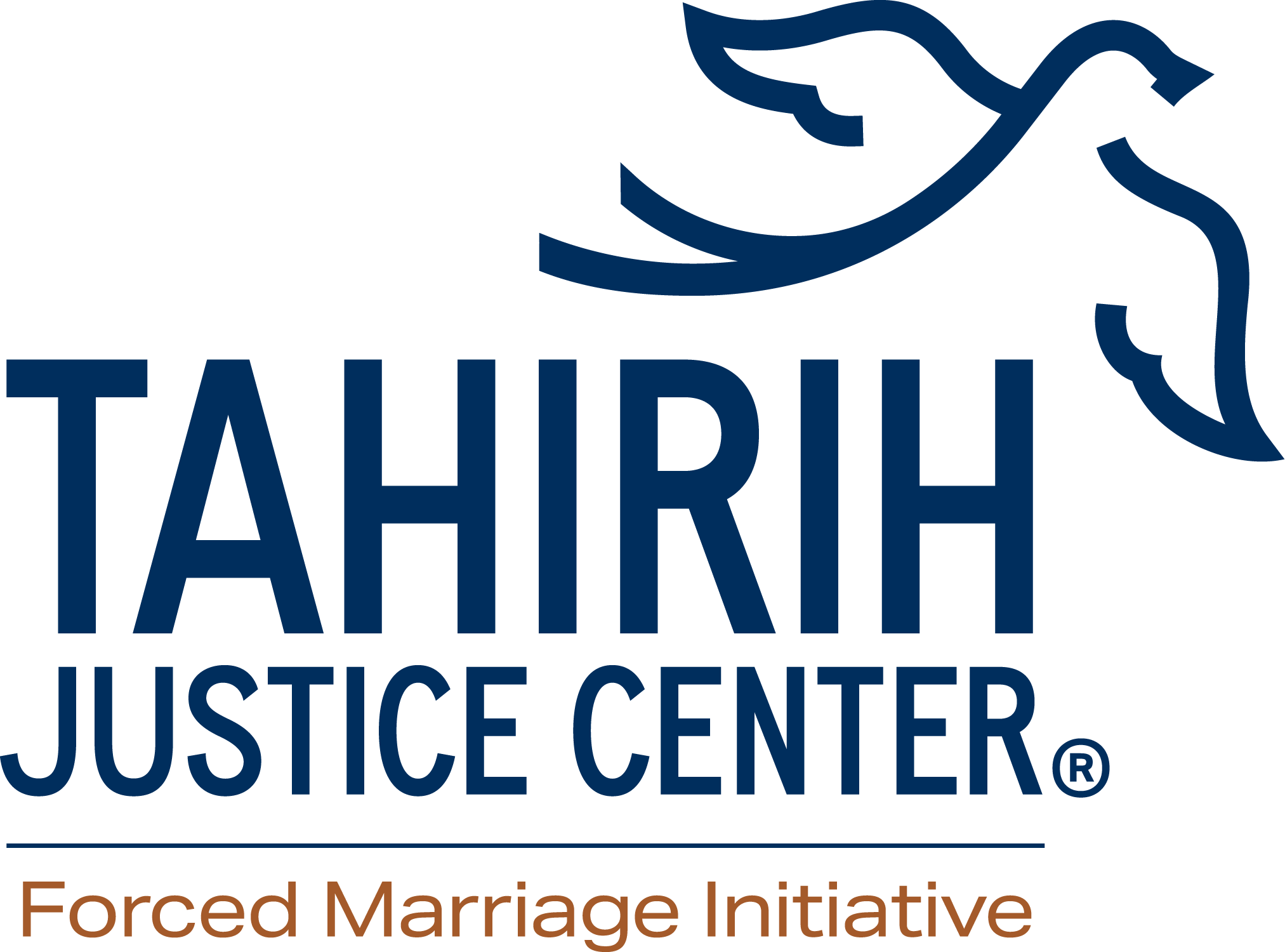Resources
This is a searchable library of publications, webinars, blog posts, and training manuals from the U.S. and around the world on the topic of forced marriage.
Naming the Harm and Meeting the Unmet Mental Health Needs of Forced Marriage Survivors in the United States
Dr. Neha Batool highlights the most recent research findings about women’s experiences with forced marriage and identifies the underlying mechanisms that influence the experience of forced marriages. She focuses on women’s psychological wellbeing prior to, during, and after the forced marriage and discusses both short-term and long-term mental health challenges related to attachment styles, identity development, gender socialization, and intergenerational influences.
Forced Marriage Book Launch & Survivor Panel – The Shaytan Bride Sumaiya Matin’s Powerful True Story
Hear from author and survivor of an attempted forced marriage, Sumaiya Matin, as she shares her powerful story of resistance, faith, and love. Following a selected reading and discussion of her recently published memoir, Sumaiya will be joined by fellow survivor advocate, Genevieve Meyer, and Tahirih staff member, Casey Carter Swegman, for a discussion about forced and child marriage in the west and what it means to be a survivor advocate.
Speaker Bios
Sumaiya Matin is a writer, part-time social worker/psychotherapist, and advisor for the Ontario government, working on a wide range of public policy files, such as anti-racism public education initiatives, and mental health frameworks. In her part-time counselling practice, she focuses on integrating faith-based, anti-oppressive, and narrative approaches to support women navigating life transitions and personal relationships. As a writer, Sumaiya has a strong interest in exploring fiction and nonfiction genres to raise awareness of complex personal, global, political issues relevant to the modern-day. Her new memoir, The Shaytan Bride, is the true coming-of-age story of a girl navigating desire and faith. Through her journey into adulthood, she battles herself and her circumstances to differentiate between destiny and free will. Sumaiya Matin’s life in love and violence is a testament to one woman’s strength as she faces the complicated fallout of her decisions.
Genevieve Meyer, MBA, is the Co-Founder and Executive Director of the Resiliency Foundation. She is a survivor advocate and professional expert on child marriage, human trafficking, and building resiliency. Her story and corresponding work has been featured on major media outlets including Red Table Talk, CBSN and NBC. Genevieve is member of several anti-trafficking networks and consults with organizations on ways to address the issues of human trafficking and child marriage in the United States and around the world.
Casey Carter Swegman serves as Interim Director of Public Policy at the Tahirih Justice Center and Manager of the Forced Marriage Initiative. She is a nationally recognized expert on the issue of forced and child marriage in the U.S. In her role, Casey provides direct social services to individuals facing forced marriages across the U.S., fields technical assistance requests nationally, leads Tahirih’s state and federal policy advocacy on forced and child marriage and chairs the national Forced Marriage Working Group.
Will You Marry Me, Later? Age-of-Marriage Laws and Child Marriage in Mexico
Authors: Cristine Belles-Obrero and Maria Lombardi
Publication: August 1, 2021
New research looks at the effect of minimum marriage age reforms in Mexico, and includes insights for advocates working to end child marriage in the United States. Among these is the fact that many Mexican states took an incremental approach to child marriage reform, first raising their minimum marriage age to 16 before eventually ending all marriage under 18, without exceptions – perhaps providing a useful blueprint for effective incremental reform in U.S. states that resist going to age 18 as a first step. The researchers also found that action by the federal government seems to have been critical in pushing states to pass “18, no exceptions” laws, again laying out a strategic model available for U.S. advocates who could push Congress to incentivize more U.S. states to take action.
Forced Marriage Initiative Brochure: Marriage is Your Choice – Pashtu Translation
Author: Forced Marriage Initiative
Publication: September, 2021
This brochure, now available in Pashtu, provides an overview of forced marriage in the United States, basic safety tips for survivors, and the services offered by the Forced Marriage Initiative at Tahirih Justice Center
Forced Marriage Initiative Brochure: Marriage is Your Choice – Dari Translation
Author: Forced Marriage Initiative
Publication: September, 2021
This brochure, now available in Dari, provides an overview of forced marriage in the United States, basic safety tips for survivors, and the services offered by the Forced Marriage Initiative at Tahirih Justice Center.


